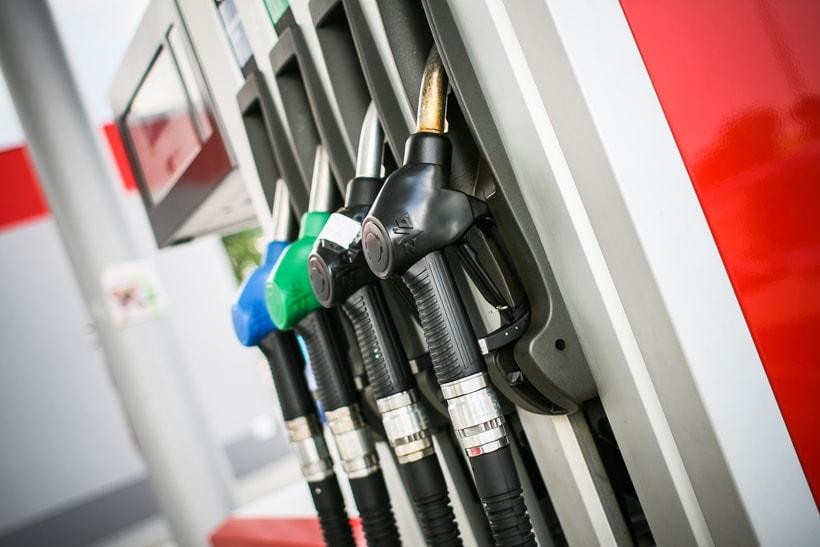The most recent data on anhydrous and hydrated ethanol stocks indicated by the Ministry of Agriculture (MAPA) for the first half of November show a reversal in the pattern of formation to consumption in both anhydrous and hydrated ethanol stocks in Brazil’s Center-South. Despite this, SAFRAS & Mercado warns that even in the consumption phase, stocks of both biofuels remain close to their maximum storage capacity levels in the region.
As a result, many mills are unable to find more space in their storage tanks and are starting to sell ethanol on the physical market, which is at a high level in the short term compared to December, the period of highest demand at the pumps this year. The increased share of corn ethanol in supply helps to create a scenario of high stocks for both corn and cane ethanol.
At the end of the first half of November, with the most recent data available, there were approximately 6.46 bln liters of hydrated ethanol for sale in the Center-South, down 2.22% from the volume observed in the immediately preceding fortnight. This was the first decline in the margin in five fortnights and shows the reversal of the pattern of formation for the consumption of hydrated stocks.
This year, there is a decline on the same scale, of 3.30%, compared to what was seen at the same time last year. Together with the 5-year average for the same period, we also have a positive positioning of hydrated ethanol stocks, with a slight increase of 1.67%. It is interesting to note that in the first half of November, 220 mln liters of accumulated stocks in the Center-South were consumed, while in the previous fortnight, 6.71 mln liters of hydrated ethanol had been registered, a volume that was well below the stock formation pattern seen since May this year, which ranged from 300 to 600 mln liters of hydrated ethanol added to stocks every fortnight. However, SAFRAS & Mercado warns that last year, when just over 220 mln liters of hydrated ethanol were added to stocks, was an exception, since the pattern for this time of year is effectively the consumption of stocks, with the 5-year average oscillating at the consumption level of 95 mln liters in the first half of November. Even so, it is interesting to note that the consumption of 220 mln liters of stocks in the first half of November this year was a much higher consumption pattern compared to what is usually observed at this time of year.
As for anhydrous ethanol, we have a volume of 4.23 bln liters in the first half of November, which is 0.81% higher than in the previous fortnight. For the year, we have an increase of 0.96%, while compared to the 5-year average for the same period, we have an 8.47% growth. In the first half of November, 34 mln liters of anhydrous ethanol were consumed from the region’s stocks. Before this, 89 mln liters had been built in stocks in the second half of October.
Like hydrated ethanol, anhydrous ethanol has already shown a strong pattern of slowdown in stock formation since the end of October. Since September, the capacity to meet demand for hydrated ethanol stocks has fluctuated around three months for hydrated ethanol, with the data for November remaining at this position. Anhydrous ethanol saw an increase in this indicator, with the capacity to meet demand increasing from 3 to 4 months considering the stocks accumulated until the first half of November and the demand outlook from distributors at mills in the same period projected for the end of the month.

